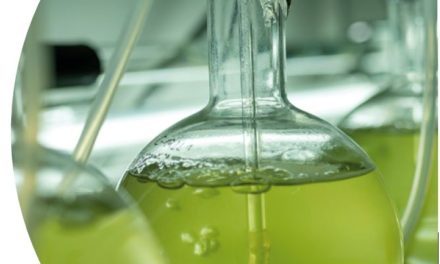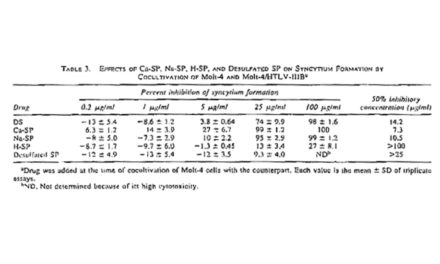New Perspectives for Fisetin
Fisetin is a flavonol that shares distinct antioxidant properties with a plethora of other plant polyphenols. Additionally, it exhibits a specific biological activity of considerable interest as regards the protection of functional macromolecules against stress which results in the sustenance of normal cells cytoprotection. Moreover, it shows potential as an anti-inflammatory, chemopreventive, chemotherapeutic and recently also senotherapeutic agent. In view of its prospective applications in healthcare and likely demand for fisetin, methods for itspreparation and their suitability for pharmaceutical use are discussed herein.
Introduction
The first record of fisetin as an isolate from venetian sumach (Rhus cotinus L.) dates back to 1833. A basic chemical characteristics of the compound was provided several decades later by Schmidt (1886), while its structure was elucidated and eventually confirmed by synthesis by S. Kostanecki, who in 1890s started a massive investigation of yellow plant pigments and coined new group names for their sub-categories, presently known as “flavones,” “chromones,” “chalcones,” etc. (Kostanecki et al., 1904). The flavonol fisetin (CAS No. [528-48-3]), conventionally described as: 2-(3,4-dihydroxyphenyl)-3,7-dihydroxy 4H-1-benzopyran-4-one; 3,3′,4′,7-tetrahydroxyflavone; or 5 deoxyquercetin, and represented by the structural formula 1, has by now been identified as a secondary metabolite of many plants, occurring in their green parts, fruits, as well as in barks and hardwood (Panche et al., 2016; Hostetler et al., 2017; Verma, 2017; Wang et al., 2018). It was Roux, who in a series of meticulous studies conducted before the advent of modern spectral tools of structural analysis, explained the origin and stereochemistry of oligomeric tannins which contain flavon-3-olic structures closely related to fustin, fisetidinol, fisetin, and similar structures present in various African trees (Roux and Paulus, 1961, 1962; Roux et al., 1961; Drewes and Roux, 1965) (Figure 1). Although condensed tannins used by the leather industry have retained some of their technical significance, today more attention is paid to the presence of fisetin in vegetable constituents of human diet and their role as important epigenetic factors in modulating the state of human health. Fisetin is present in strawberries, apples, persimmons, grapes, onions, kiwi, kale, etc., albeit in low concentration, up to hundreds of micrograms per 1 gram of fresh biomass. The reason for this interest stems from relatively recent observations that compound 1 is not only particularly efficient as an antioxidant agent, but also exhibits remarkable selectivity as regards influencing multiple biological processes considered crucial for biological homeostasis.
Keywords
fisetin, flavon-3-ols, synthesis of flavonols, biological activity of flavonols, anti-cancer, anti-aging








